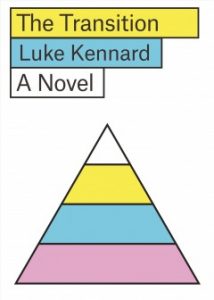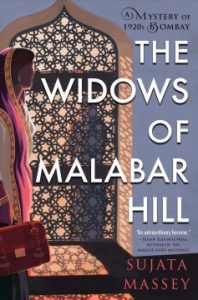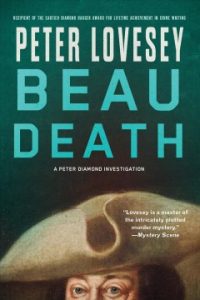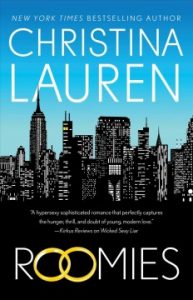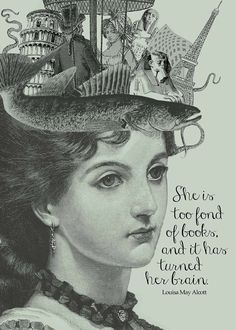Conversations about books are some of my favorite conversations.
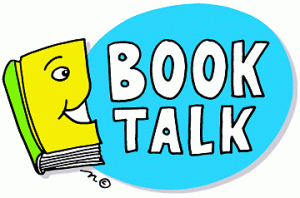
recent discussions among some book-minded companions led to a fascinating discussion the other day regarding “books that you love but that are in some way objectionable to others.” It’s a tricky subject, and one with which a lot of readers tend to grapple, especially as they grow up, and realize that the books they loved at one stage of their development might not fit them and their world view now.
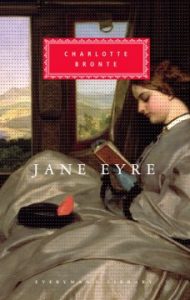 Let’s use my own experience as an example: It’s something of an open secret that I love Jane Eyre. It’s a book that enchanted me as a fourteen-year-old first discovering early Victorian literature, and one that sustained me in high school amidst all those books I had to read. But, as an older reader, out of high school and navigating what we usually call “the real world,” I began to realize how whiny, self-centered, and, let’s be honest here, how reckless and dangerous his behavior was. Secrets aren’t sexy, Edward. Especially when they involve fire, bleeding, and/or locking people up in towers. (To be fair, I would argue a great deal of the Rochester mystique is a product of more recent times, but still…). But, after some soul searching, I realized that I could, and still did, love Jane Eyre. Because, as I grew older, I began to really appreciate just how strong, how self-reliant, and how confident Jane had to be in herself to survive in the world she did, and to protect herself from Rochester’s more harmful tendencies. Jane Eyre herself became one of my favorite characters all over again as a grew up, even as I got more and more fed up with Rochester’s fragile ego and his ceaseless emoting.
Let’s use my own experience as an example: It’s something of an open secret that I love Jane Eyre. It’s a book that enchanted me as a fourteen-year-old first discovering early Victorian literature, and one that sustained me in high school amidst all those books I had to read. But, as an older reader, out of high school and navigating what we usually call “the real world,” I began to realize how whiny, self-centered, and, let’s be honest here, how reckless and dangerous his behavior was. Secrets aren’t sexy, Edward. Especially when they involve fire, bleeding, and/or locking people up in towers. (To be fair, I would argue a great deal of the Rochester mystique is a product of more recent times, but still…). But, after some soul searching, I realized that I could, and still did, love Jane Eyre. Because, as I grew older, I began to really appreciate just how strong, how self-reliant, and how confident Jane had to be in herself to survive in the world she did, and to protect herself from Rochester’s more harmful tendencies. Jane Eyre herself became one of my favorite characters all over again as a grew up, even as I got more and more fed up with Rochester’s fragile ego and his ceaseless emoting.
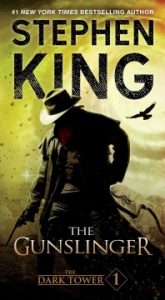 Similarly, a friend related that they had grown up adoring Stephen King’s Dark Tower series, and that they still turned to it when life was being difficult and they needed something familiar to love. Stephen King is a sensational author and a super guy, but, as my friend noted, Stephen King doesn’t do very well writing about people of color. They tend to fall pretty hard into the character trope known as the “Magical Negro” trope (Note: the word ‘negro’ is used to denote the archaic view of Black people that this trope embodies). Briefly put, “Magical Negroes” are characters (created by white authors) who are generally (though not always) outwardly or inwardly disabled as a result of discrimination, disability or social constraint, and who appear to save the white protagonist through magic. In other words, they are not human in the same ways that white characters are human. In the Dark Tower series, Odetta Susannah Holmes is a”Magical Negro”; she is disfigured by a subway train after a white man pushes her onto the tracks. She suffers from a magical kind of personality disorder in which she embodies two people (each figured and disfigured by American racism) and she is repeatedly victimized to save Roland, who is a white male in the novel.
Similarly, a friend related that they had grown up adoring Stephen King’s Dark Tower series, and that they still turned to it when life was being difficult and they needed something familiar to love. Stephen King is a sensational author and a super guy, but, as my friend noted, Stephen King doesn’t do very well writing about people of color. They tend to fall pretty hard into the character trope known as the “Magical Negro” trope (Note: the word ‘negro’ is used to denote the archaic view of Black people that this trope embodies). Briefly put, “Magical Negroes” are characters (created by white authors) who are generally (though not always) outwardly or inwardly disabled as a result of discrimination, disability or social constraint, and who appear to save the white protagonist through magic. In other words, they are not human in the same ways that white characters are human. In the Dark Tower series, Odetta Susannah Holmes is a”Magical Negro”; she is disfigured by a subway train after a white man pushes her onto the tracks. She suffers from a magical kind of personality disorder in which she embodies two people (each figured and disfigured by American racism) and she is repeatedly victimized to save Roland, who is a white male in the novel.
This is not in any way, shape, or form to imply that Stephen King is a racist. Far from it. But it does indicate that he might not be the expert on creating realistic, thoughtful characters of color.
To me, the color of the gunslinger doesn't matter. What I care about is how fast he can draw…and that he takes care of the ka-tet.
— Stephen King (@StephenKing) December 12, 2015
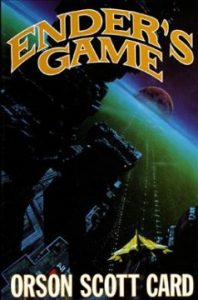 But sometimes, it can be an issue with the author. Another book brought up in this discussion was Orson Scott Card’s classic sci-fi novel Ender’s Game. This is a novel that shaped the childhoods of many, and is still beloved by readers around the world. However, it’s very difficult for many readers to reconcile their love of this book with the knowledge that Orson Scott Card himself holds very public, anti-gay and xenophobic views. For those who find these views troubling, spending money on purchasing an author’s work can be difficult. It can also be difficult to separate the author’s views from one’s love of the books they write.
But sometimes, it can be an issue with the author. Another book brought up in this discussion was Orson Scott Card’s classic sci-fi novel Ender’s Game. This is a novel that shaped the childhoods of many, and is still beloved by readers around the world. However, it’s very difficult for many readers to reconcile their love of this book with the knowledge that Orson Scott Card himself holds very public, anti-gay and xenophobic views. For those who find these views troubling, spending money on purchasing an author’s work can be difficult. It can also be difficult to separate the author’s views from one’s love of the books they write.
So what is a reader to do?
First and foremost, love what you love. If a book or a film or a song has personal meaning for you, helps you to grow, or guides you through a dark time, or makes you a better person, then you deserve that thing in your life. As The Velveteen Rabbit taught us, the things we love become real, and become a part of us and who we are. I became a stronger person by reading Jane Eyre, even as I learned not to put up with whiners like Rochester. My friends learned fortitude and strength and insight from the books they loved, above and apart from the problematic aspects of their construction and their authorship. This does not mean to be blind to their faults or shortcomings, but, instead, to love the thing for how it helps you.
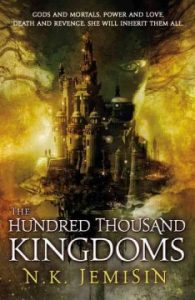 Secondly, as in so many other matters, the library can help you in these circumstances. For example: do you love an author, like Stephen King, who may not be the best at portraying people of color (…or women? …or another group of people?)? Why not come to the Library and learn about some authors who do?! Use your favorite author or series as a jumping-off point to explore other works of literature than can become new favorites. In the case of the Dark Tower series, we might recommend books by N. K. Jemisin, or Nnedi Okorafor, for example.
Secondly, as in so many other matters, the library can help you in these circumstances. For example: do you love an author, like Stephen King, who may not be the best at portraying people of color (…or women? …or another group of people?)? Why not come to the Library and learn about some authors who do?! Use your favorite author or series as a jumping-off point to explore other works of literature than can become new favorites. In the case of the Dark Tower series, we might recommend books by N. K. Jemisin, or Nnedi Okorafor, for example.
Finally, the library is a super-terrific place to access material that you might not otherwise want to contribute your hard-earned dollars. As we discussed in our post on Fire and Fury, you can have your literary cake and eat it took by borrowing the book from us.
Ultimately, it’s a win-win-win situation when you come to the Library and learn to love the things inside it. And we are here to help you find the books and films and music that you can and will love, and that will help you be better. Just keep loving what you love, and we’ll be here for the rest of it.

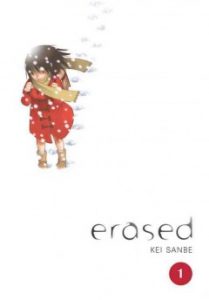
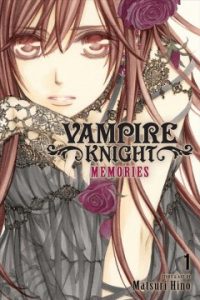


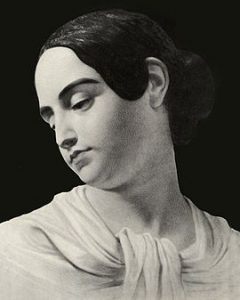 Edgar lived with the Allan family until his late teens, though he clashed with John Allan frequently over money matters. He tried enlisting in the military, and tried college, attending the University of Virginia for a year before leaving (due to lack of funds rather than a lack of intellect or ambition). Falling back on his own resources, Poe began to earn a living through writing, for working for literary journals and periodicals, mostly as a literary critic. Though he developed a name for himself (as a ruthless, curmudgeonly critic who may not have been nice, but was always cynically funny in his reviews), it was the publication of his poem The Raven in 1845 that cemented his reputation. He married Virginia Clemm (pictured at left), his 13-year-old cousin in 1836 (when he was twenty six). Biographers disagree as to the nature of the couple’s relationship. Though their marriage was loving, some biographers suggest they viewed one another more like a brother and sister, but I think it’s very fair to say that this is not a historical issue that can be conveniently swept away and forgotten. Poe’s involvement in several
Edgar lived with the Allan family until his late teens, though he clashed with John Allan frequently over money matters. He tried enlisting in the military, and tried college, attending the University of Virginia for a year before leaving (due to lack of funds rather than a lack of intellect or ambition). Falling back on his own resources, Poe began to earn a living through writing, for working for literary journals and periodicals, mostly as a literary critic. Though he developed a name for himself (as a ruthless, curmudgeonly critic who may not have been nice, but was always cynically funny in his reviews), it was the publication of his poem The Raven in 1845 that cemented his reputation. He married Virginia Clemm (pictured at left), his 13-year-old cousin in 1836 (when he was twenty six). Biographers disagree as to the nature of the couple’s relationship. Though their marriage was loving, some biographers suggest they viewed one another more like a brother and sister, but I think it’s very fair to say that this is not a historical issue that can be conveniently swept away and forgotten. Poe’s involvement in several 
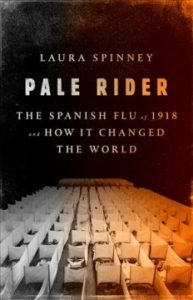
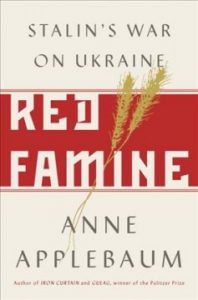
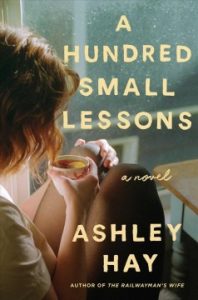

 The second list we offer is from our friends at Book Riot. Their “2018 Read Harder” Challenge has been sponsored by Libby and Overdrive–which, for those of you who download e-books and e-audiobooks from our website will know very well! Book Riot designed their list with the goal of widening your reading horizons. So the topics on their checklist involve items like “A book with a female protagonist over the age of 60” or “A mystery by a person of color or LGBTQ+ author,” both of which require a bit of looking, but are perspectives that I don’t often get in the books I read, so I’m very excited to get started with this.
The second list we offer is from our friends at Book Riot. Their “2018 Read Harder” Challenge has been sponsored by Libby and Overdrive–which, for those of you who download e-books and e-audiobooks from our website will know very well! Book Riot designed their list with the goal of widening your reading horizons. So the topics on their checklist involve items like “A book with a female protagonist over the age of 60” or “A mystery by a person of color or LGBTQ+ author,” both of which require a bit of looking, but are perspectives that I don’t often get in the books I read, so I’m very excited to get started with this.
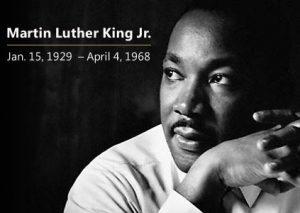
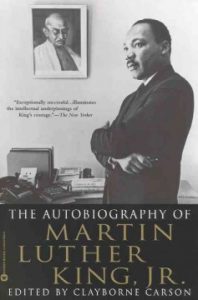
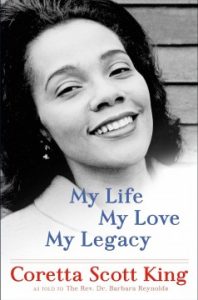
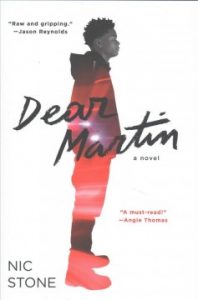
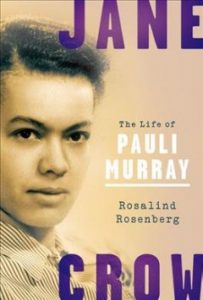
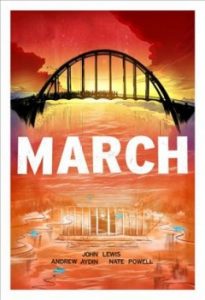

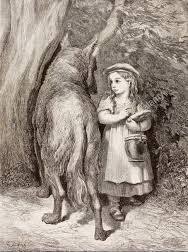 Although many of Perrault’s tales, like Cinderella and Puss In Boots remain generally the way he wrote them, a number of them were changed through re-telling. For example, his Sleeping Beauty also exists as Little Briar Rose, which was a story collected by the Grimm Brothers a century later. Additionally, his Little Red Riding Hood ended quite grimly, with Red getting eaten. The story was meant as a warning for girls not only about the danger of the forest, but of the “wolves” (read: men) who might prey upon them as they attempted to make their way through that forest. Though Charles Perrault died in Paris in 1703 at the age of 75, his stories live on today is countless adaptations, re-tellings, and in myriad versions through the years.
Although many of Perrault’s tales, like Cinderella and Puss In Boots remain generally the way he wrote them, a number of them were changed through re-telling. For example, his Sleeping Beauty also exists as Little Briar Rose, which was a story collected by the Grimm Brothers a century later. Additionally, his Little Red Riding Hood ended quite grimly, with Red getting eaten. The story was meant as a warning for girls not only about the danger of the forest, but of the “wolves” (read: men) who might prey upon them as they attempted to make their way through that forest. Though Charles Perrault died in Paris in 1703 at the age of 75, his stories live on today is countless adaptations, re-tellings, and in myriad versions through the years.